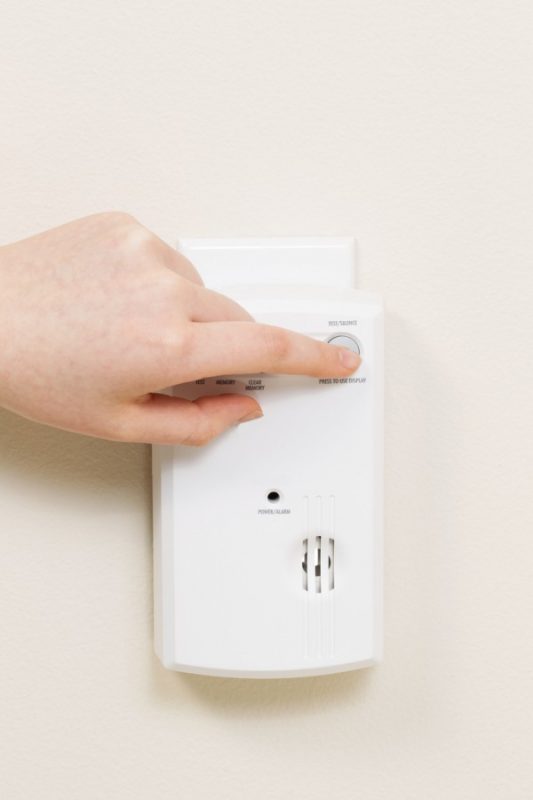Protecting Your Home: Carbon Monoxide
 Keeping our family and the home they live in safe is one of all of our highest priorities, and in order to do that most effectively we need to know what potential threats are. We are all aware of the health and safety hazards presented by fire, electrical wiring, and flooding, but there are other dangers that are less obvious. One of these dangers is carbon monoxide. Since knowing about a danger is the first step to avoiding or preventing it, here are some things you should know about carbon monoxide in order to keep your family safe.
Keeping our family and the home they live in safe is one of all of our highest priorities, and in order to do that most effectively we need to know what potential threats are. We are all aware of the health and safety hazards presented by fire, electrical wiring, and flooding, but there are other dangers that are less obvious. One of these dangers is carbon monoxide. Since knowing about a danger is the first step to avoiding or preventing it, here are some things you should know about carbon monoxide in order to keep your family safe.
What is it?
Carbon monoxide is a gas that has no taste, colour or odour, and is toxic to humans and animals. It does occur in nature, but very rarely in amounts that would be dangerous. This gas is produced by combustion of carbon-based materials when there is not enough oxygen to produce carbon dioxide, as well as through certain chemical reactions. Because of this, in nature carbon monoxide is usually only found in great concentrations in the presence of forest fires, volcanoes, and other large sources of combustion.
What does it do?
Carbon monoxide is poisonous to humans and animals, and exposure to it can cause acute or chronic carbon monoxide poisoning. Acute carbon monoxide poisoning occurs through exposure to large amounts of carbon monoxide, and results in headaches, nausea, dizziness, convulsions, and, if exposure continues, unconsciousness and death. Chronic carbon monoxide is caused by exposure to smaller amounts of the gas over long periods of time, and can lead to persistent headaches, memory loss and confusion, depression, light-headedness, nausea, and vomiting. Most of these effects disappear once the person is moved to a carbon monoxide-free environment, but researchers suspect that long-term exposure can have permanent effects. The extent of these effects are currently not known.
How to Avoid it?
Carbon monoxide is a serious danger, but fortunately ensuring your family is safe from it is fairly easy. The first step is to conduct proper maintenance of all appliances in your home that burn a fuel, including natural gas. Typical examples of these appliances are your furnace, gas fireplaces, gas stoves, dryers, boilers, BBQs, gas-powered heaters, vehicles, and portable generators. Make sure you follow the safety instructions for these appliances, ensure that all ducts and vents are uncovered, and perform regular inspections and maintenance to make sure they are working properly. In addition, never use fuel-burning appliances that are meant for outside use, like BBQs and portable generators, inside, and never run your car in the garage with the garage door closed. Doing this can quickly lead to build up of dangerous levels of carbon monoxide. Besides these steps, make sure that you have carbon monoxide detectors in your home, and that they are replaced regularly. If symptoms of carbon monoxide appear in anyone in your family or pets, leave the house immediately and call 911.
Carbon monoxide is a dangerous thing, and one of the leading causes of accidental poisoning in Ontario every year, but taking these simple preventative steps can keep your family and pets safe.